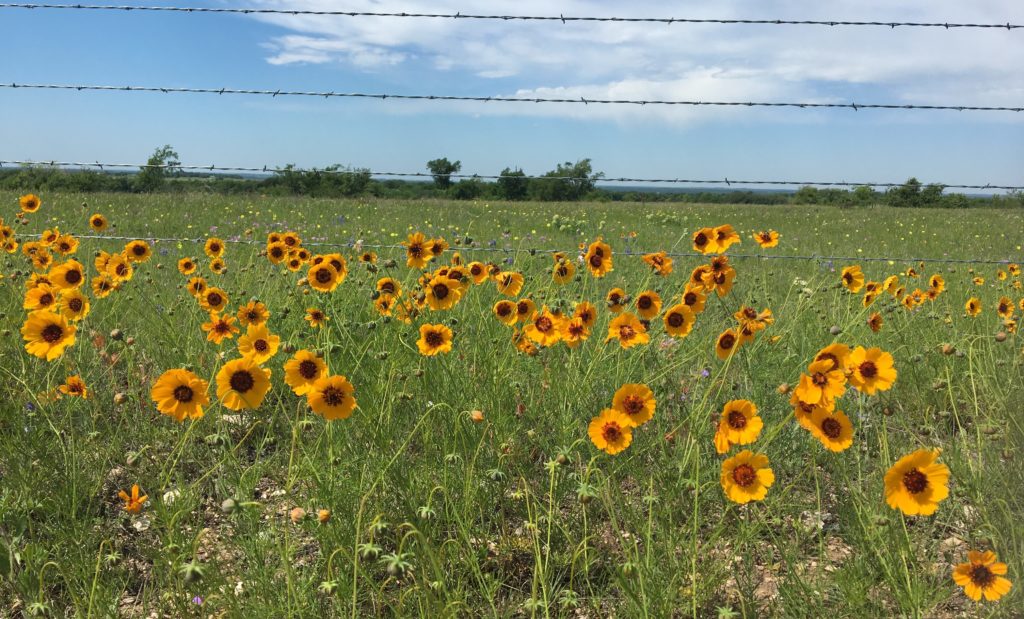
The arrival of wildflower season mean it’s time to start putting on the sun screen again. It’s also time to stock up on insect repellent.
Two weekends ago my wife and I went for a long bike ride. It was one of those rare, completely beautiful spring days, cool air and wildflowers lining the roads. I knew it was going to be a long ride, and I knew the Texas sun was shining; but somehow the need for sunscreen never entered my mind (my wife had the good sense to lather up). It was a wonderful ride; but I’m still paying the price today, with the skin on my arms peeling like an onion. What a dummy!
When spring arrives it’s easy to forget simple precautions like sunscreen. It’s also easy to forget the need for mosquito repellent. But make no mistake, like the Texas sun mosquitoes are back, and with them the potential for West Nile virus. Dallas County Health and Human Services announced the first catch of a mosquito positive for WNV last week.
West Nile virus remains the king of mosquito-borne diseases in Texas. This may be easy to forget in the wake of news stories about scary-sounding diseases like Zika and chikungunya. These viruses caused surprisingly strong outbreaks in the Caribbean in 2014 and 2016 (remember the Zika scare during the Brazilian Olympics?); but for the most part Texas has escaped similar epidemics, likely due to both cooler weather and the way we retreat into air conditioned homes in the evening.

July and August are the highest risk months for West Nile virus, though the season runs from May to December. Source: modified from Texas Department of State Health Services.
While most people who catch the WNV show no symptoms, 20% of victims get a disease known as West Nile fever. Think of a severe, month-long case of the summer flu. Less than 1% of infected persons get a debilitating form of the disease known as the neuroinvasive form of West Nile virus. Nearly all who contract neuroinvasive WNV end up hospitalized, and face a long and uncertain recovery. Neuroinvasive WNV mostly affects people over 50, but young healthy men and women and occasionally children have been struck down with the disease.
The worst epidemic of WNV occurred in 2012 in Dallas, when a very wet May was followed by drought and a hot summer from June to September. That year in Dallas County alone over 400 people got sick enough to go to the hospital and about 20 people died.
Late April or early May is when the first cases of WNV show up in Texas, though the season doesn’t get into full swing until mid-late June. Your highest risk of contracting the disease is July and August, with significant risks continuing into September until November.
West Nile virus is nothing to sniff at, so listen up. Now is the time to survey your yard for potential mosquito breeding sites. Any object that holds water is a potential mosquito maternity ward. Look for old buckets, children’s toys, leaf-choked gutters, potted plant drainage ditches, bird baths, even metal fence posts with the tops missing. All these items can catch and hold water for the few weeks it takes mosquitoes to breed.
Get in the habit now of putting repellent on when you spend time outdoors. I keep a can or squirt bottle of repellent on my patio to help remind me when I step outside. When it comes to mosquito season, don’t be a dummy. Find a mosquito repellent you like, and use it.
To learn more about mosquitoes and how to combat them in your backyard, check out the Mosquito Safari website.
